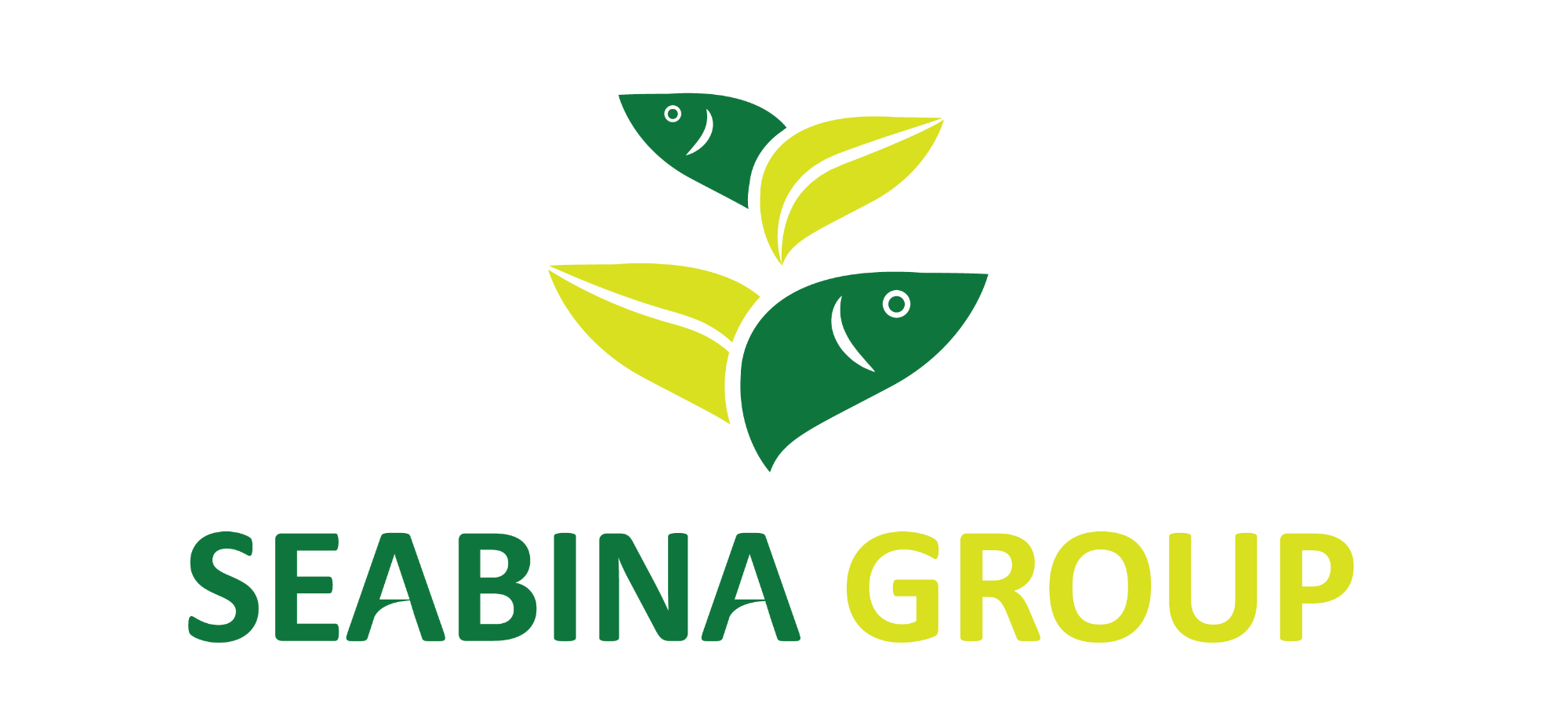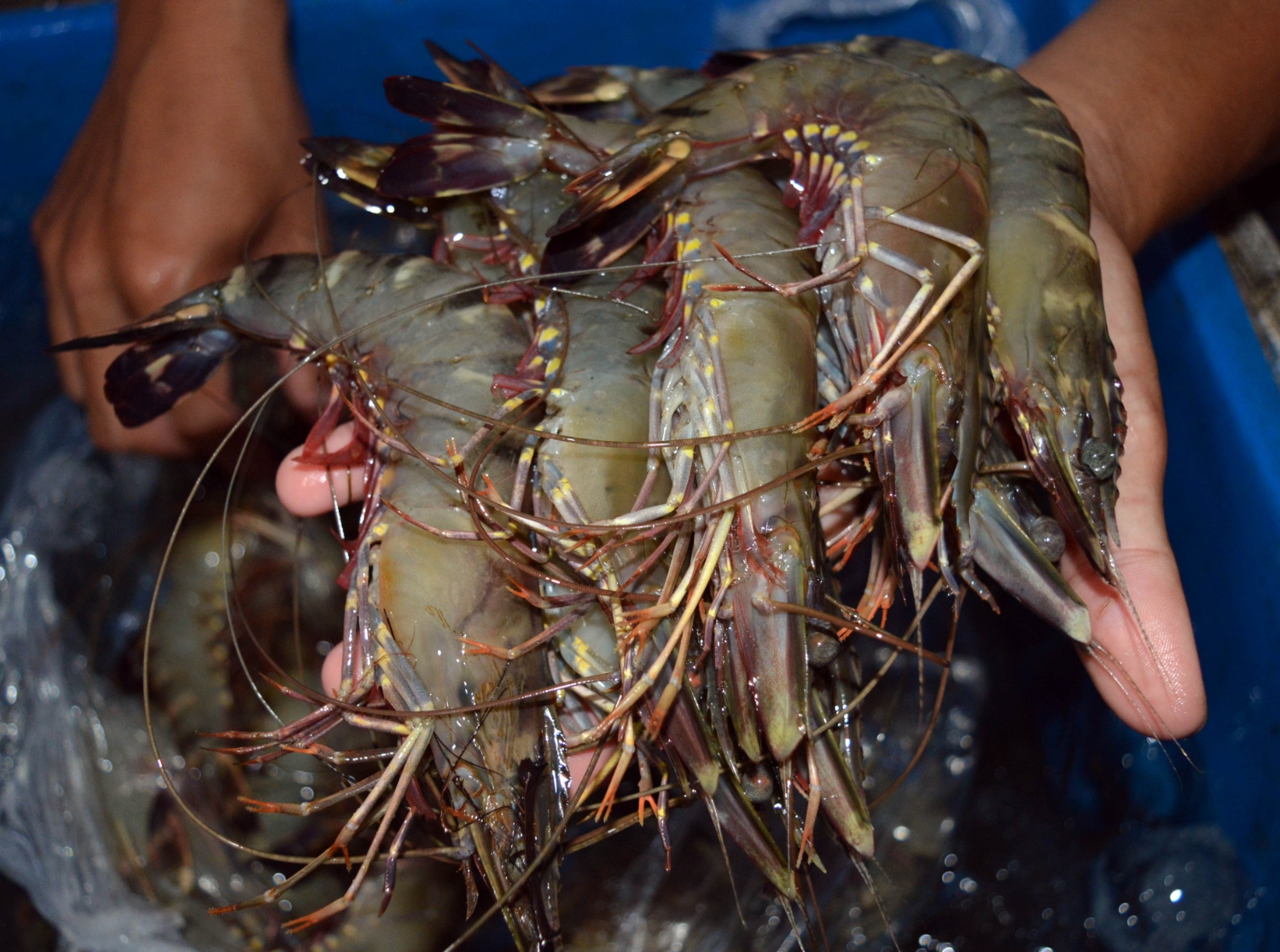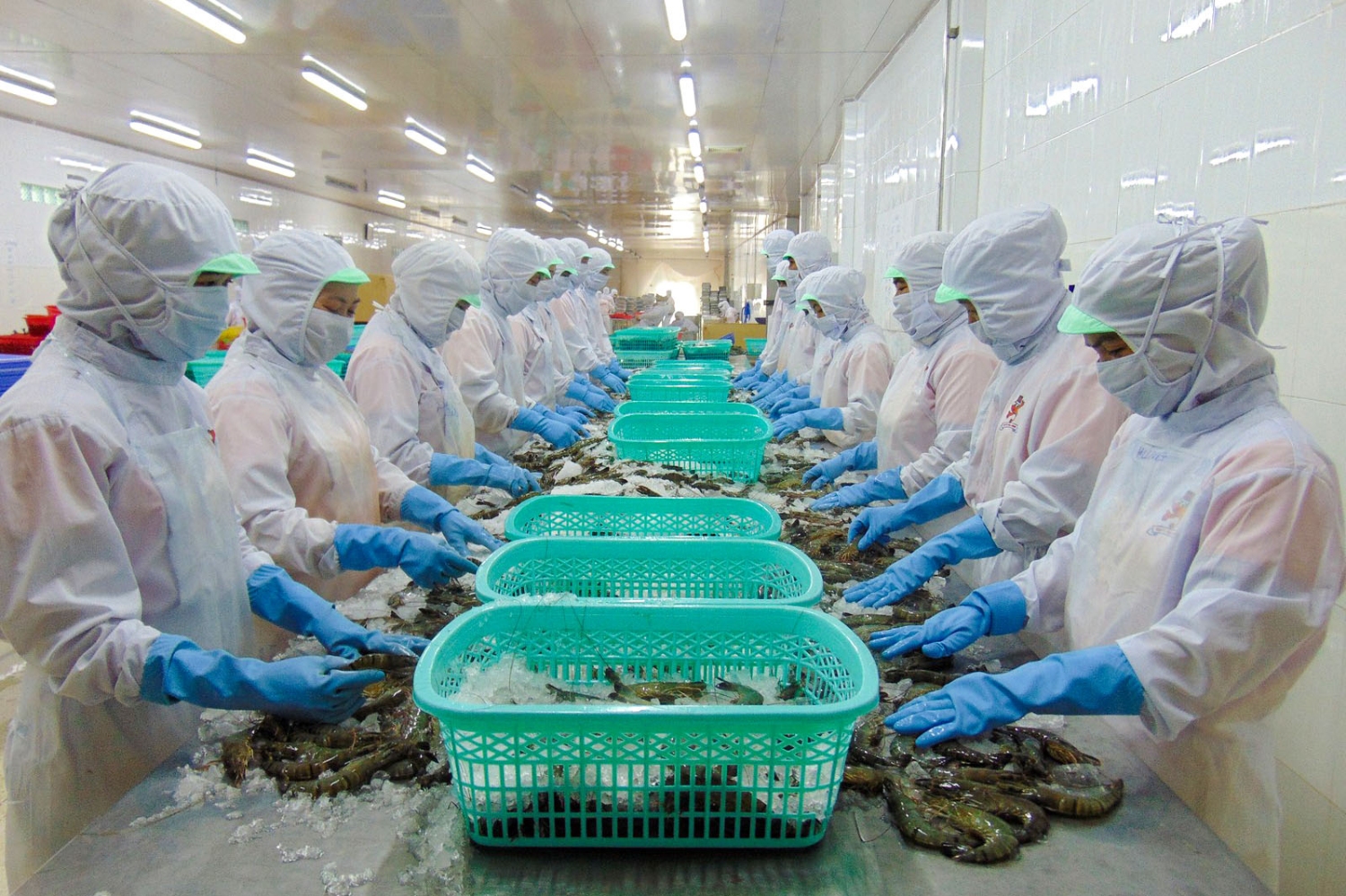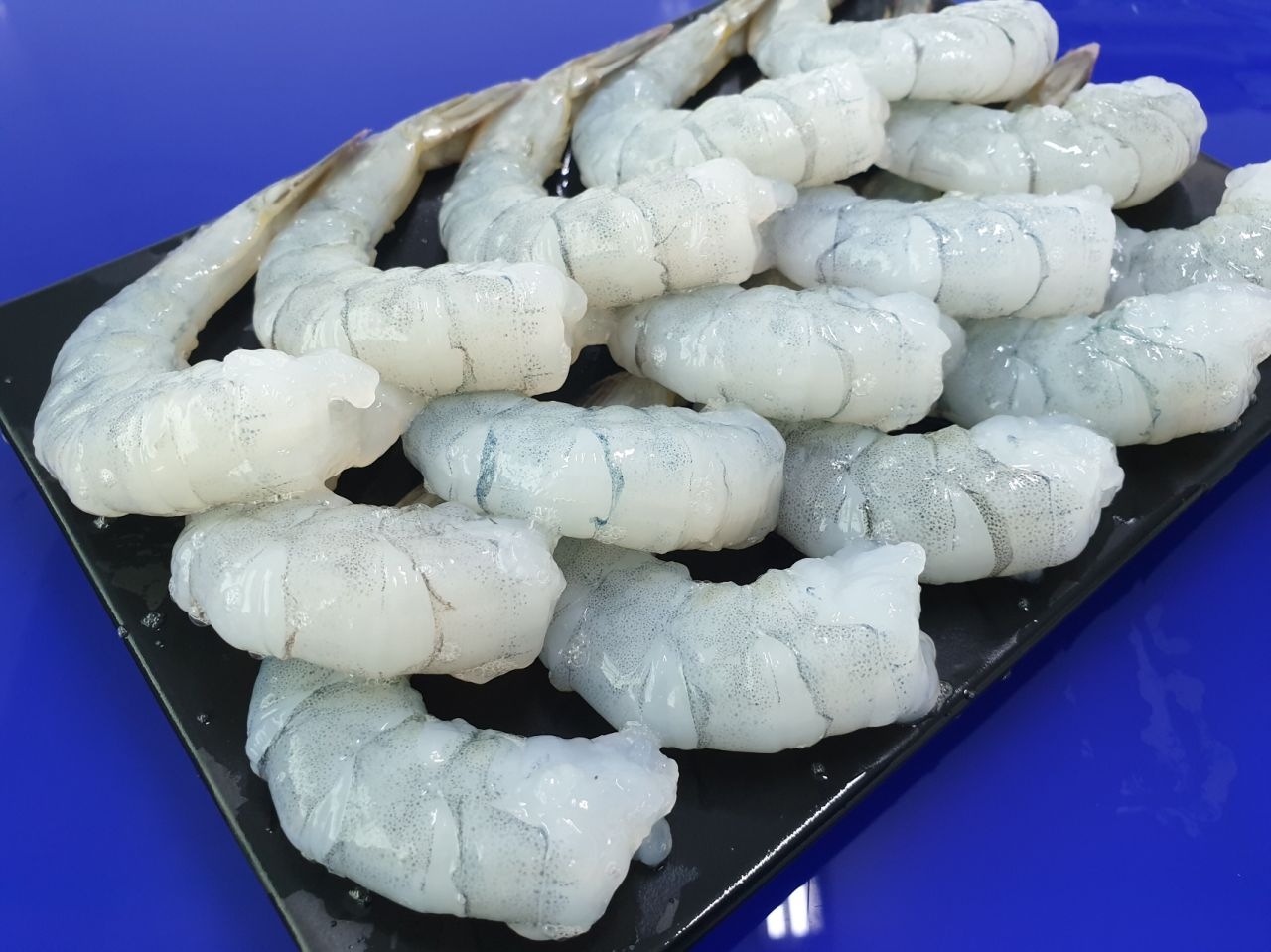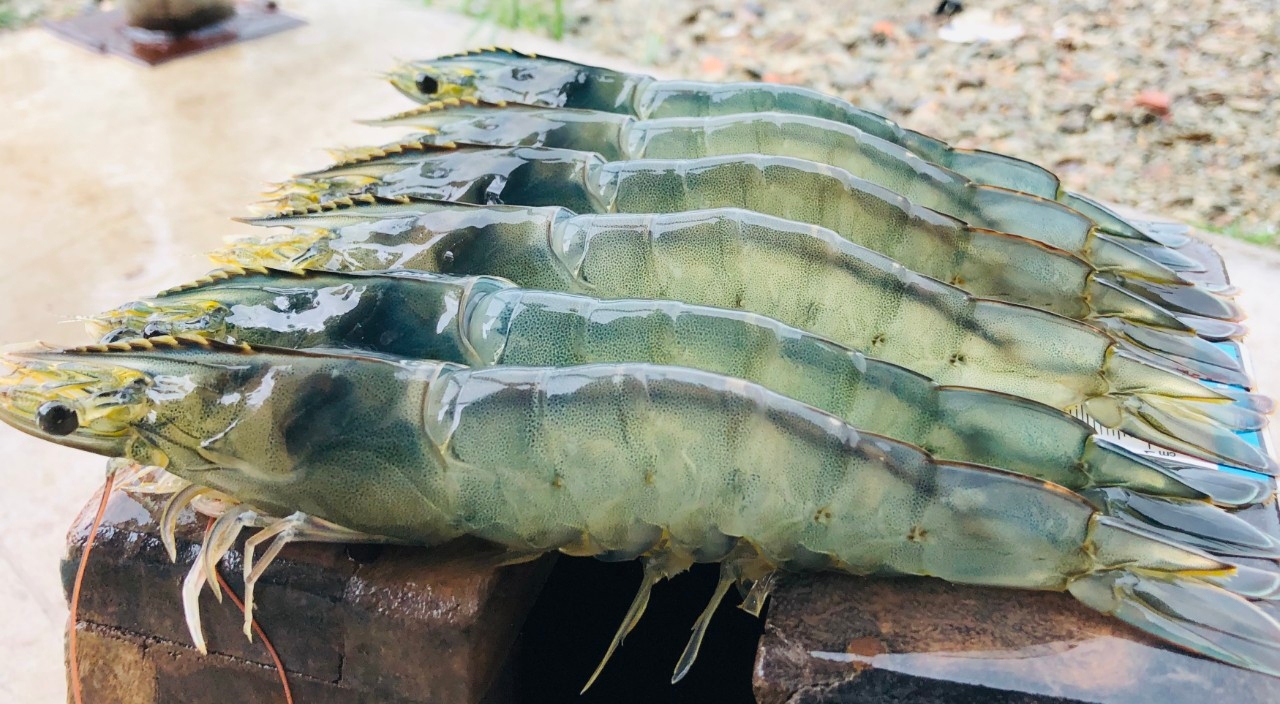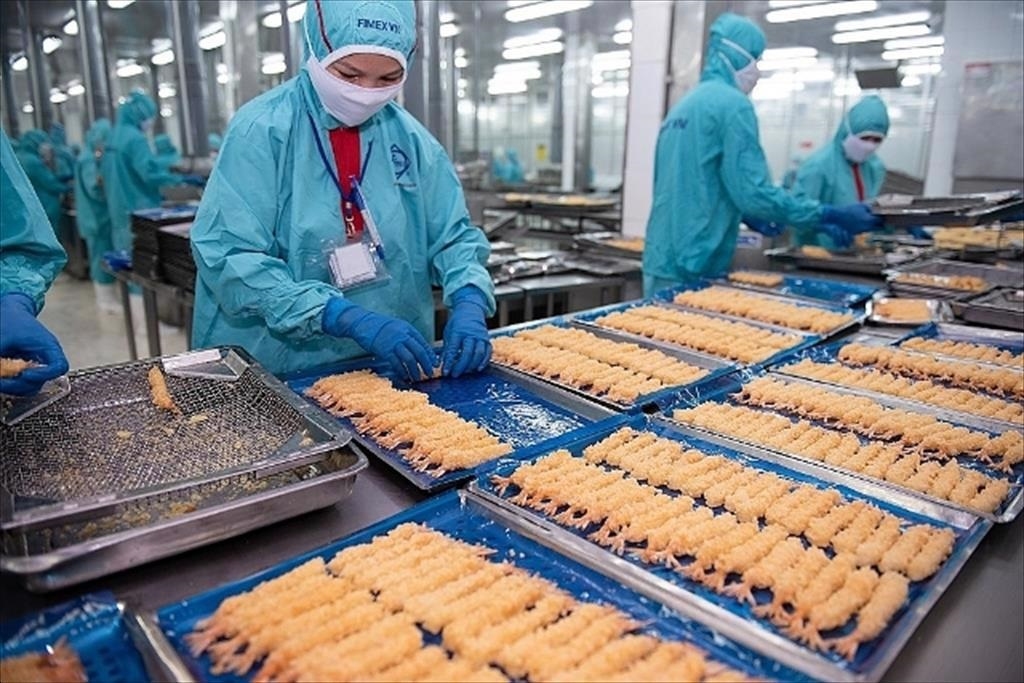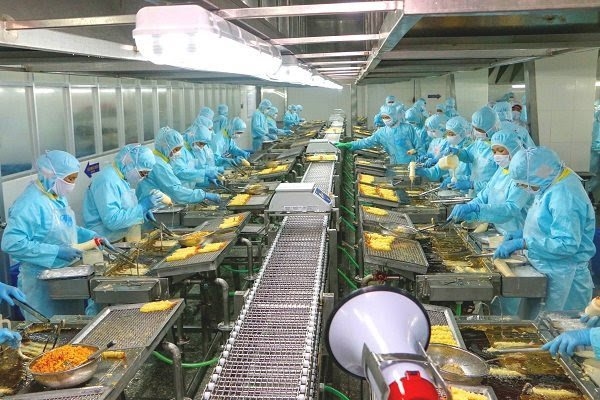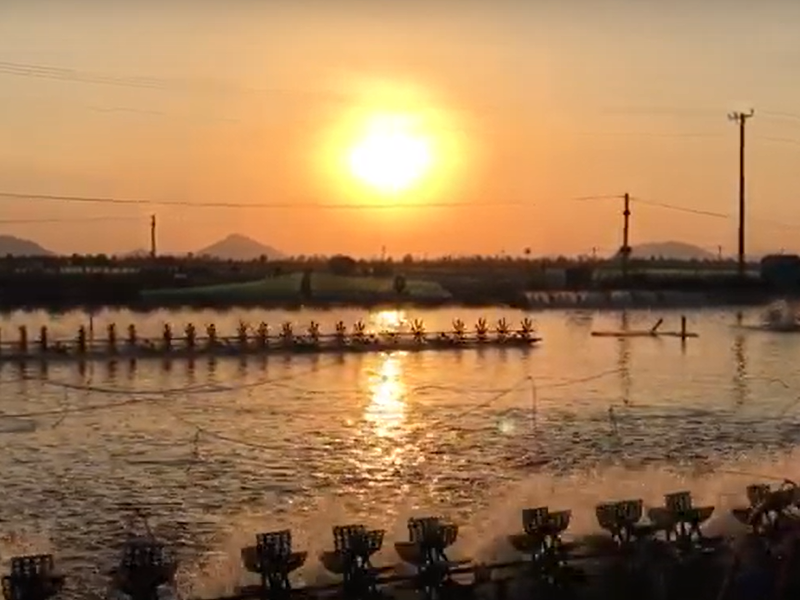
Overview of Viet Nam shrimp industry
I. Production
Vietnam has more than 600,000 hectares of shrimp farming with two main species of black tiger shrimp and whiteleg shrimp.
Vietnam is the leading producer of black tiger shrimp in the world with a production of 300,000 tons per year. This is the traditional species in many past years while whiteleg shrimp has been cultivated in different provinces in the country since 2008.
Farming areas are concentrated in Mekong Delta provinces. Top 5 provinces having largest shrimp farming area include Ca Mau, Bac Lieu, Soc Trang, Ben Tre and Kien Giang.
II. Processing and Exporting
Shrimp industry plays a significant part in Vietnam fishery exports to the world during 2 decades. Annually, shrimp sector contribute around 40- 45% of the total value equivalent to 3,5- 4 billion USD per year. Currently, shrimp is exported from Vietnam to 100 countries which the top 5 biggest market as following: Europe, The USA, Japan, China and Korea. With the non- stop efforts, Vietnam is the World’s Top second shrimp supplier with 13-14 percent in value of the world shrimp market.
Vietnam has a lot of advantages to develop shrimp industry especially in the Mekong Delta where occupies 95% shrimp production and also the hub of shrimp processing plants. Until now, there are around 200 shrimp processing plants approved by the European Commission with periodic inspections at the site here in Vietnam.
Sustainable development
To get these remarkable achievements, since the founding in the early 1990s, the shrimp industry in Vietnam has grown in both scale and technical management and competence in quality, traceability, management of environment impacts throughout the entire supply chain starting with hatcheries, feed mills, farms and processing plants leading to export through modern cold –storage facilities. To most reliable evidence that shrimp farming is both safe and sustainable can be found by the existence of the increasing number of certifications schemes put forth by international standards bodies for Good aquaculture practices including BAP (Best Aquaculture Practice), Global Gap and ASC ( Aquaculture Stewardship Council). In order to achieve these certifications, farms must be built and operated based on the criteria:
- Compliance with law (legal compliance, legal right there).
- Conservation of natural environment and biodiversity.
- Conservation of water resources.
- Preserve diversity of wild species and populations
- Responsible use of feed and other resources.
- Animal health (no use of antibiotics and unnecessary chemicals).
- Social responsibility (eg. no child labor, worker health and safety, freedom of assembly, community relations).
Quality and food safety assurance
Because shrimp enterprises that are VASEP’s members contributing around 90% of shrimp exports from Vietnam, therefore VASEP through its Shrimp Committee has collaborated with the Ministry of Agriculture and Rural Development (MARD), the NAFIQAD which belongs to MARD to solve the industry obstacles and problems including quality assurance, safety hygiene and the compliance with rules, regulations of Vietnam law and foreign markets.
Thanks to the collaboration between Ministry of Agriculture and Rural Development (MARD), the National Agro-Forestry-Fisheries Quality Assurance Department (NAFIQAD) which belongs to MARD and Vietnam Association of Seafood Exporters and Producers (VASEP) in assurance of quality, safety hygiene and the compliance with rules, regulations of Vietnam law and foreign markets and the advanced certifications and compliance of Law of Labor, Law of Food Safety and the regulations of Ministry of Agriculture and Rural Development, shrimp companies are implementing good practices in both farms and processing plants including shrimp products. Beside, every year, the companies must be inspected by the independent audit agencies, international certification bodies and Vietnam authorities.
To maintain 100 importing markets and develop the new market places, Vietnam shrimp companies must keep their reputation by the control the whole system to meet the higher and higher requirements and regulations from the world market. Some examples include:
- For labor issue: working hours for employees in Vietnam shrimp companies have been applied in accordance with Labor Code 2012, Decree 45/2013/NĐ-CP dated 10/05/2013 by the Government.
- Labor Union at shrimp enterprises: the Law regulates that every shrimp companies must declare and register Working Regulations with the local Labor Department, Invalids and Social Affairs in order to protect interest of workers including working hours and working conditions…
- Getting ASC, Global GAP and other international standards shows that Vietnam shrimp farmers and processors are not allowed to use antibiotics and unnecessary chemicals in their production chain. Most importantly, Vietnamese authorities now have regulations and programs that strictly control the use of chemicals and antibiotics in aquaculture and seafood processing. Directorate of Fisheries (D-Fish) and local fisheries authorities regularly guide and inspect the use of antibiotics and develop the shrimp industry in the direction of chain linkage (with strict contractual , controlled production. , not using or restricting the use of antibiotics, stable consumption of products ...), certified shrimp farming.
- Vietnam has been implementing the National Residue monitoring Program (according to Circular No. 31/2015/TT-BNNPTNT dated October 06th, 2015), implemented by NAFIQAD and every year send annual report on results of previous year and plan for the next year to the EU.
- For seafood processors and exporters: they have been carrying out the program of internal monitoring and prevention of antibiotic residues in products (mandated according to Circular No. 48/ /2013/TT-BNNPTNT): Collect samples to test antibiotic residues and toxic substances at the farm before harvest; Take samples to test antibiotic residue to control when receiving raw materials before processing.
- Before exporting, the competent authorities of Vietnam (NAFIQAD) take the sample from the consignment to test antibiotic residue before issuing the health certificates which is legally required by all European border inspection authorities for all imports of shrimp and all food coming from Vietnam to European markets.
Among total seafood exports of Vietnam, shrimp exports accounted for the largest share with the highest and most stable growth. After 10 years (2008-2018), shrimp export turnover increased by nearly 120% from US$1.6 billion to 3.55 billion dollars in 2018 with the average annual growth of 9%. Shrimp exports tended to account for a larger proportion of total seafood exports: from 36% to 50%.

.jpg)


Certifications of Vietnam shrimp




Other news
- Early stocking to get good price 21/12/2024
- Shrimp prices rise again in Vietnam, and reach 12-month high in India 28/08/2024
- Vietnamese Shrimp Industry Faces Many Challenges: Farmers Prefer Quality but Cheap Shrimp Seeds 01/08/2024
- Raw shrimp prices fall: Another challenge the shrimp industry must overcome 03/07/2024
- Storms in the shrimp industry may last in 2024 07/05/2024
- Vietnam's Seafood Exports Reach $2 Billion In Q1 03/04/2024
- King of shrimp industry profits in 2023 02/04/2024
- A difficult story for shrimp 11/03/2024
- Shrimp exports face a difficult problem 23/02/2023
- Vietnam’s shrimp exports reached 141 million USD in the first month of 2023 22/02/2023
